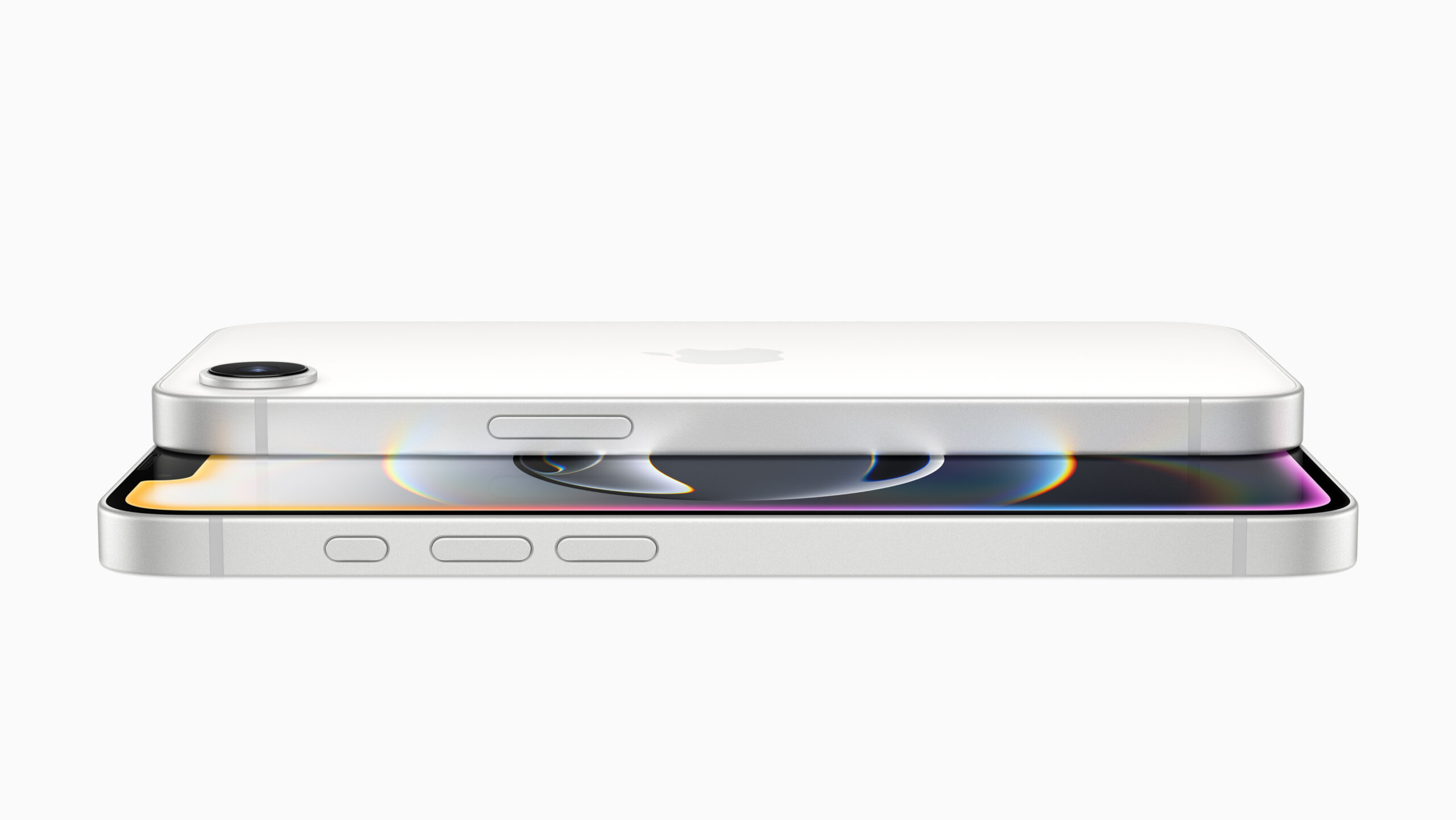A blend of new technology and established design, delivering a powerful experience at a reduced cost.
Apple has launched the iPhone 16E, a new and cheaper version of its flagship device, that brings flagship features to a more affordable price point.

Visually, the iPhone 16E borrows its design from the iPhone 14. This marks a significant change: Apple’s current lineup is now entirely devoid of the classic home button. Additionally, the display features the older notch design, rather than the newer Dynamic Island.
However, beneath the surface, the 16E boasts significant advancements, including the powerful A18 chip found in the latest iPhone 16.
This enables the 16E to utilize Apple Intelligence, the company’s advanced AI capabilities, a feature notably absent from even the previous year’s iPhone 15.
While the 16E features only one camera, a departure from the multi-lens configurations of other iPhone 16 models, Apple highlights its 48MP lens’s ability to achieve a 2x zoom without sacrificing image quality.

This new device, though named differently, embodies the core philosophy of the iPhone SE series: providing the latest technology in a recycled design, thus offering a more affordable option. This has been the model for all three prior SE generations.
Available in black and white, the iPhone 16E starts at $599 or £599. This represents a significant price increase from the previous iPhone SE’s $429, and a $200 saving compared to the standard iPhone 16’s $799.
The phone will be available for pre-order this Friday and will go on sale the following Friday, February 28th.
According to Kaiann Drance, Apple’s VP of iPhone product marketing, the 16E ‘packs in’ the most popular features of the iPhone 16 series, including ‘breakthrough battery life,’ the A18 chip, the ‘2-in-1 camera system,’ and ‘Apple Intelligence.

Apple is excited to introduce the iPhone 16E, a powerful and more affordable option designed to bring the iPhone experience to a greater number of people.
The iPhone 16E debuts Apple’s C1, its first self-made cellular modem, fulfilling years of speculation. This move signifies Apple’s growing control over its component supply. However, the company has not revealed if the C1 will be implemented in other products, leaving the future of Apple’s cellular modem strategy unclear. The C1’s inclusion may allow Apple to fine-tune cellular performance and battery life in the future.


